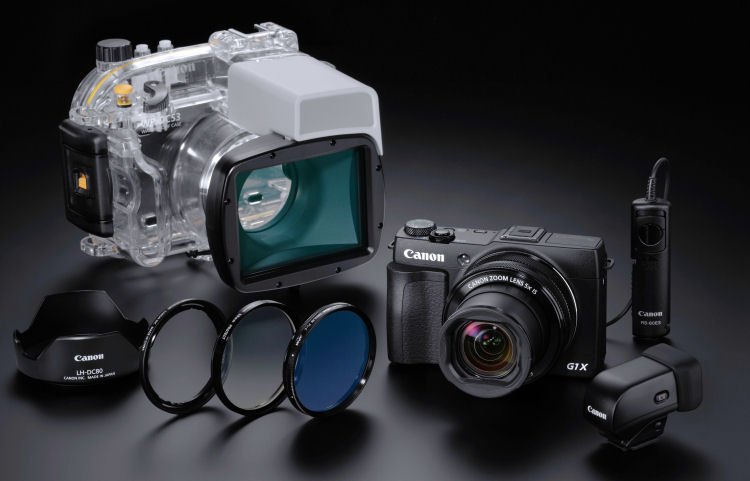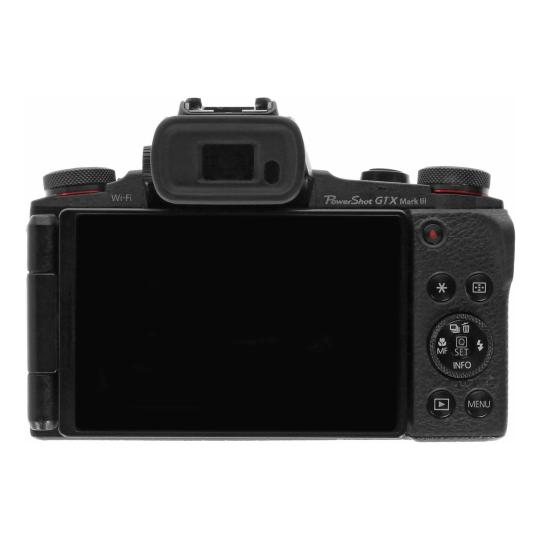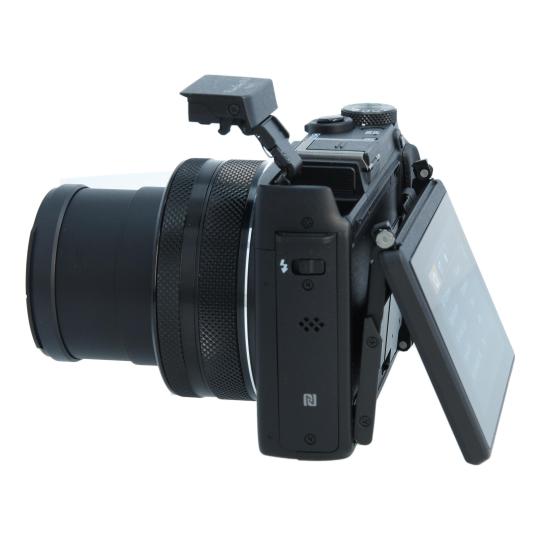
While I wasn't blown away by its speed, I didn't have to wait for it to lock on its subject, except in one situation. In nearly all situations, the autofocus system performed admirably. The G1 X Mark II really did not want to focus in this situation - a problem I've rarely had. We attribute this to the fancy animations used in the Func menu which are pretty, but ultimately unnecessary. If you go into the Func menu only to realize that you really wanted to use the main menu, the camera won't respond - leaving you waiting for a menu that isn't going to Something that bothered one of my colleagues was the brief unresponsiveness when you close the Func menu. We'd argue that this is worse than having a dial that gives no feedback: a dial whose feedback doesn't correlate with its actions.


This is especially a problem when you've had the shutter release button halfway-pressed and release it to change settings - the dial takes a second or so to 'wake up'. On some occasions, the camera didn't notice that the inner dial had been 'clicked' to the next detent, so you had to turn it another click for it to respond. Once that was set up, I was pretty happy, but I did notice that the inner dial could be flaky at times. You can also press 'up' on the four-way controller to toggle between the two settings. That sent me immediately to the menus, from where I could select one of the other dials (outer or rear) to handle that function. In Aperture or Shutter priority mode, the inner dial controls those settings, respectively, but there's no longer direct control over exposure comp. The default setting in Program mode is fine - the inner dial adjusts exposure compensation. The pair of dials around the lens are another noteworthy feature. Speaking of buttons, I found myself scratching my head as to why there are two Wi-Fi-related buttons, and I kept pressing the upper one thinking it was for playback mode. There are a lot of buttons that surround the thumb rest so you have to be careful, as some buttons can be easy to bump. The camera can certainly be held with one hand, though I preferred the more solid feel of the 'custom grip'. So how do I like using the G1 X II? I'd give it a mixed review. The G1 X II's large sensor and fast lens allows for a decent amount of control over depth-of-field (excellent for a compact camera). Two hundred and forty shots isn't going to get most advanced amateurs through a day of shooting. The one thing that didn't improve, that really should have, is battery life, which is still miserable for a camera this big (and expensive). The LCD is nice enough (though a bit hard to see outdoors) and, while I wasn't taking any 'selfies' (a word I must admit that I despise), I did like how the screen can be pulled away from the body, instead of just tilting. While some may mourn the loss of the optical viewfinder (something I normally like having on my camera), the one on the G1 X wasn't great. Some folks (such as myself) prefer the fully articulating display on the original G1 X, while others will appreciate the slimmer body that comes along with a tilting screen. I liked how the LCD can be pulled away from the back of the camera, as it gives you a bit more flexibility when composing a shot from above.

The autofocus system is much faster according to Canon, and you can finally focus on something remotely close to the camera (5cm). The lens is longer (24-120mm equiv.) and faster (F2.0-3.9), and the latter makes the camera pretty compelling when you throw in its 1.5"-type sensor.

That's why I got pretty excited when I first laid eyes on the G1 X Mark II earlier this year. While its predecessor caught my eye, ultimately I was disappointed by the G1 X's rather clunky design, slow autofocus, lack of any real macro ability, and crummy battery life (among other things). Canon's PowerShot G1 X Mark II (and what a mouthful that is) is a camera I've been eagerly waiting to get my hands on this year.


 0 kommentar(er)
0 kommentar(er)
